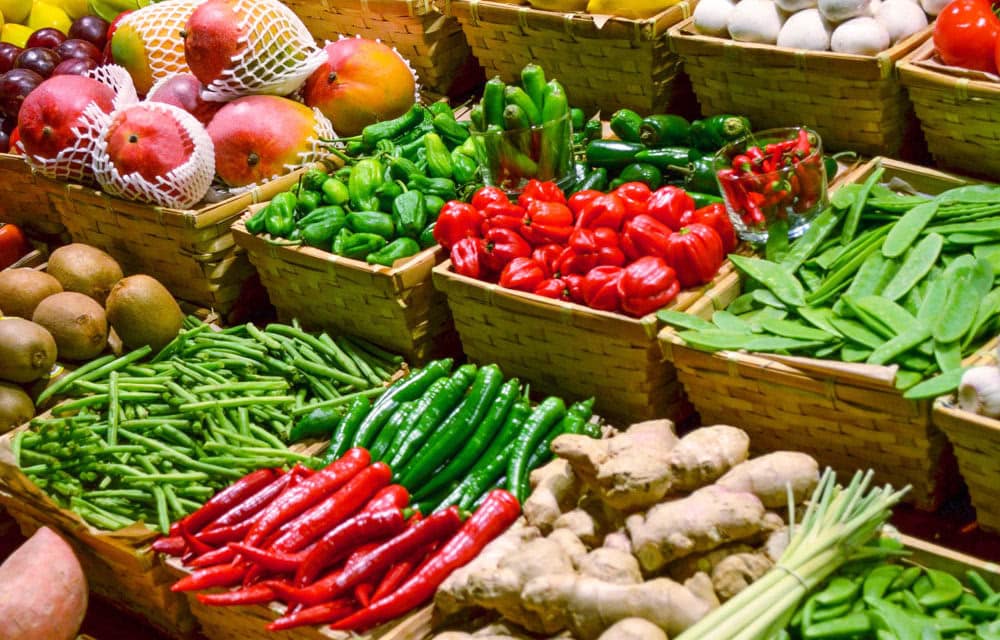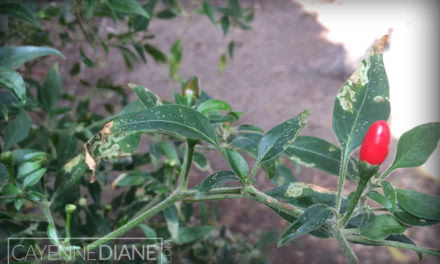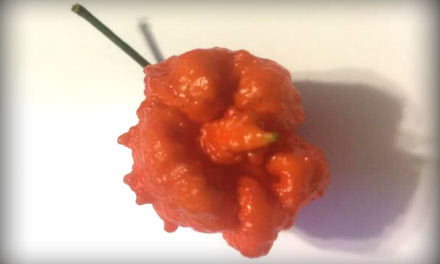What do you think? Are chile peppers a fruit or a vegetable?
When you think of fruit, apples, peaches, or grapes might come to mind. But how about chile peppers? While they don’t closely resemble oranges or watermelons, all hot peppers are actually fruits.
Botanists define fruit as the seed-bearing structures on flowering plants. Chile peppers are the product of blooming flowers. Cutting one open demonstrates they obviously house seeds. Therefore, peppers classify as fruit. For more info, check out my Anatomy of a Chile Pepper article here.
To get even more technical, they are actually berries. This is because they hold multiple seeds within one fleshy fruit. To botanists, a berry is a fleshy fruit that has numerous seeds on the inside, embedded in the flesh of the ovary, such as a blueberry. This means all of these other items are berries as well: tomatoes, eggplants, grapes, persimmons, and chile peppers.
It’s a little easier to make the connection when you take a look at some ornamental chile peppers, like Black Pearl peppers, the Tennessee Teardrop , or the Bolivian Rainbow Pepper. These chile peppers have a more fruit-like appearance than other types of hot peppers.
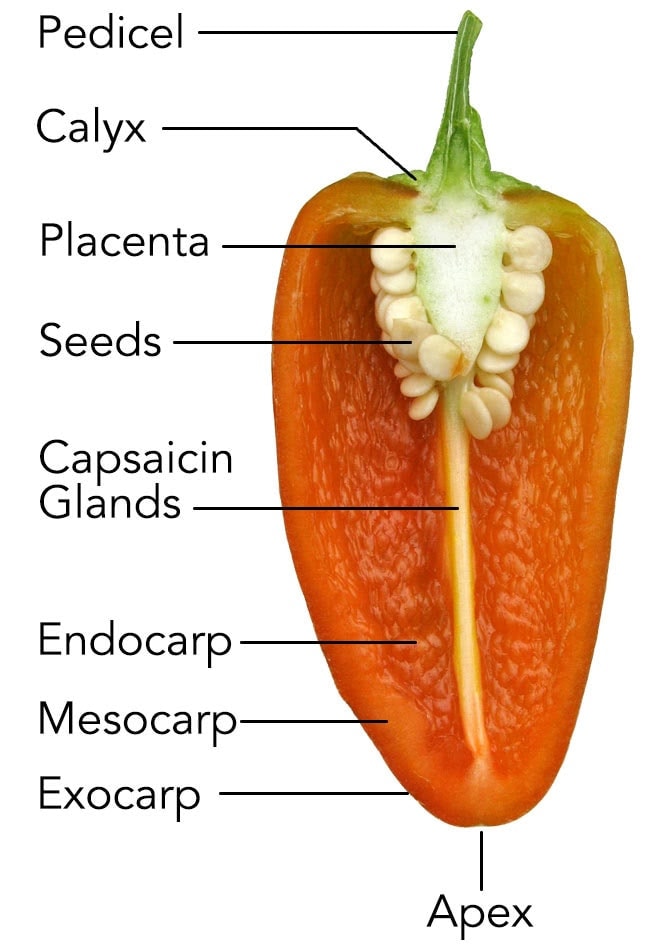
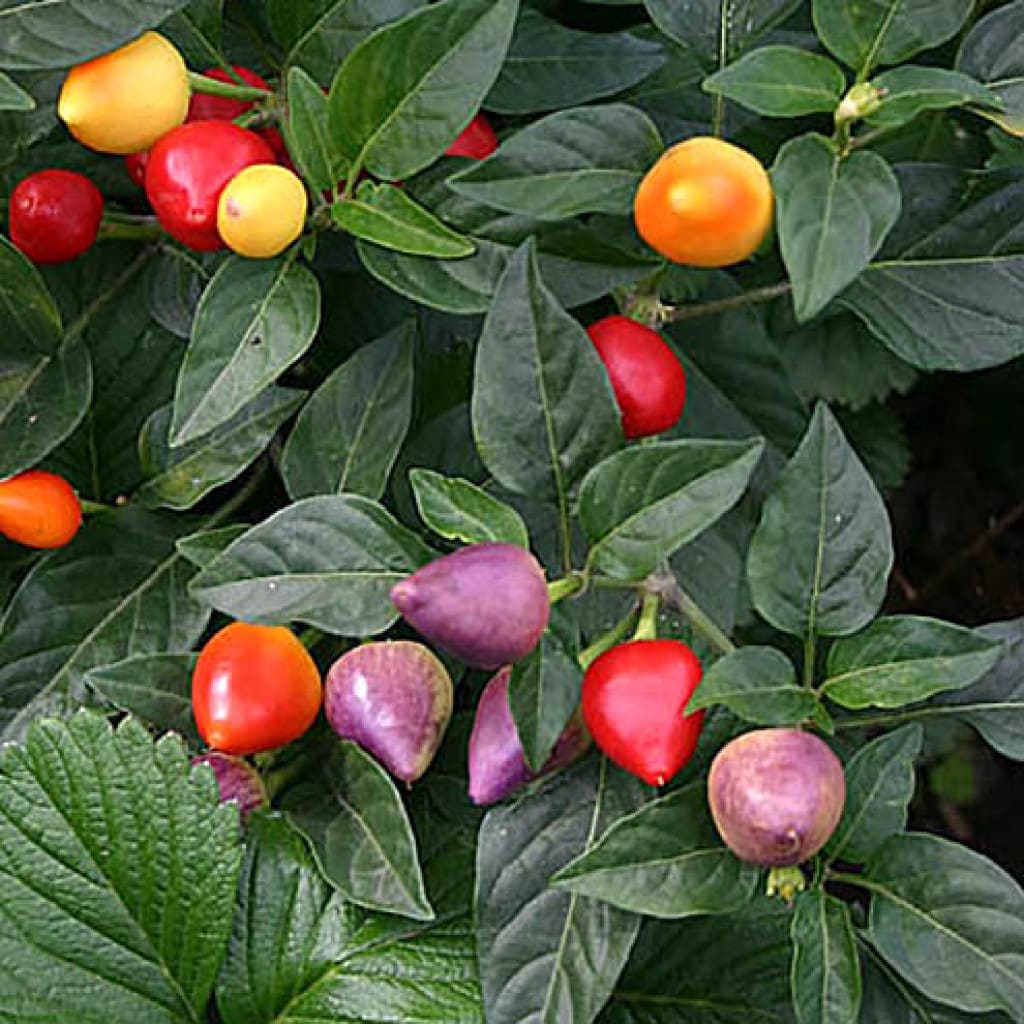
Tennessee Teardop
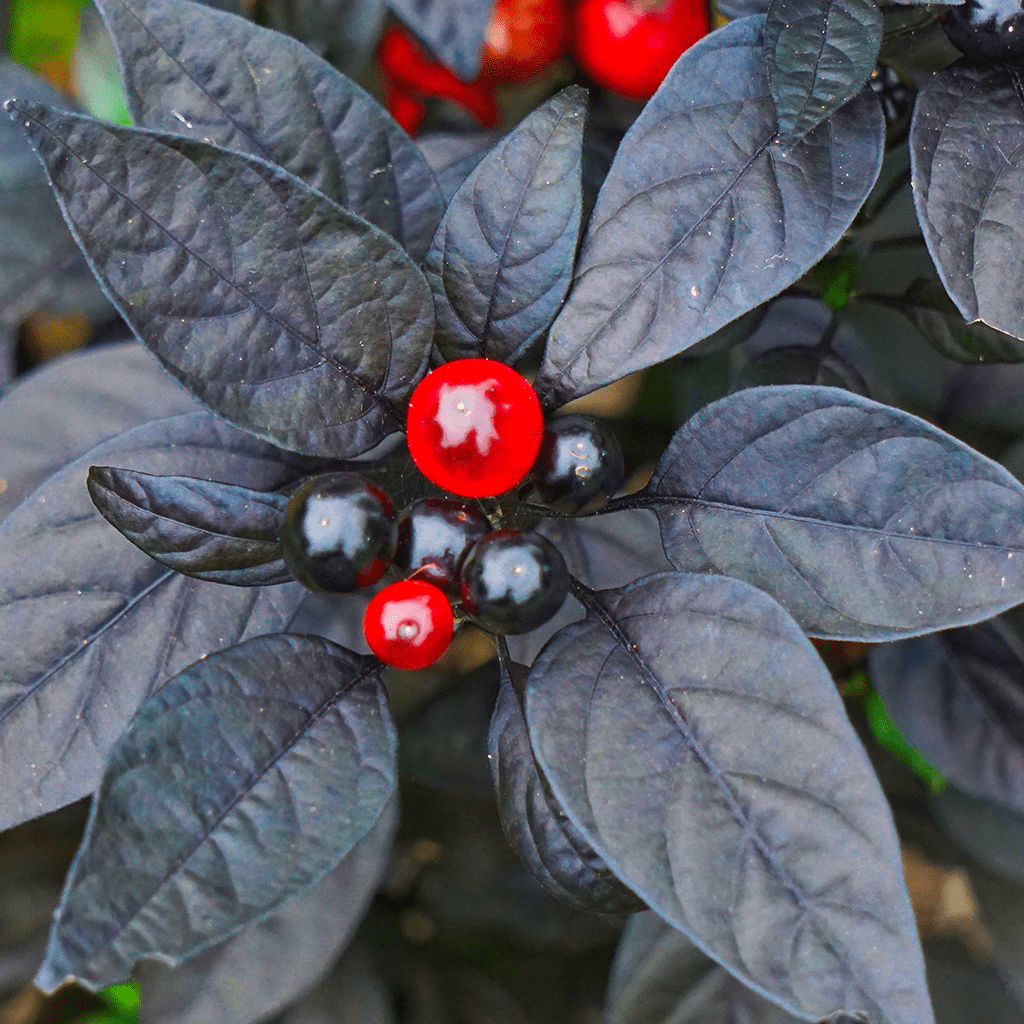
Black Pearl Peppers
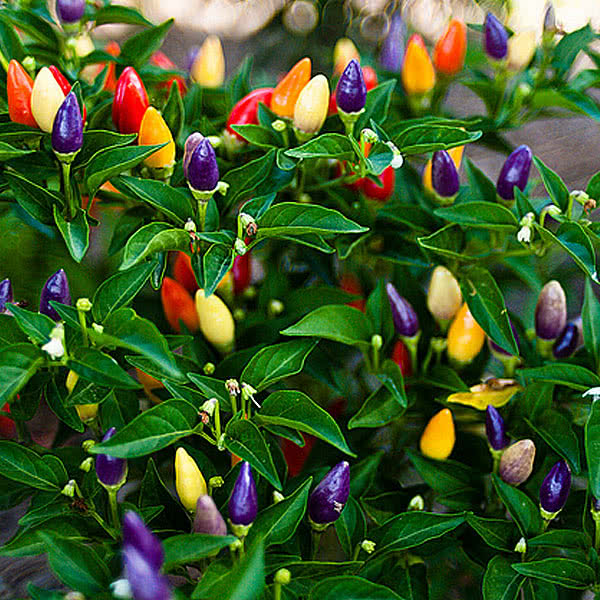
Bolivian Rainbow Peppers
Unlike “fruit,” the word “vegetable” has no botanical meaning and refers to any non-fruit part of a plant that humans consume. This could be the stem, leaf, root, or nearly anything. Many cultures use the leaves of hot pepper plants, which are a little bitter but not spicy, in a variety of dishes.
Cultural and culinary conventions largely determine which foods are considered vegetables for everyday purposes. Hot peppers and other members of the nightshade family, such as tomatoes and eggplants, are savory fruits used as culinary vegetables and wouldn’t be standard additions to a fruit salad.
To confuse things even further, when nutritionists make dietary recommendations about fruits and vegetables, they tend to make their distinctions based on the sugar content of the food, considering zucchini and tomatoes vegetables because they are lower in sugar.
So why are chile peppers so dramatically dissimilar to other fruits?
Most fruit is predominantly sweet and tangy while chile peppers are fiery. The answer could be evolutionary. What’s the evolutionary advantage of a fleshy fruit? Animals like to eat them and deposit the indigestible seeds somewhere far away from the original plant.
Humans and other mammals were never meant to eat chile peppers at all. Capsaicin targets a mammalian pain receptor, TRPV1 (pronounced TRIP-vee one), also known as the capsaicin receptor. The hot peppers’ deterrent is to produce the sensation of burning on just about any surface they come in contact with, your mouth, your eyes, your hands. But that simply wasn’t enough to stop humans from eating them! Humans are the only mammals known to eat hot peppers. Other species don’t seem to have an appreciation for the heat.
Birds, however, do not have the same pain receptors we do and regularly eat hot peppers because they can’t feel the burn. This means that spicier plants deterred land-bound mammals, leaving more fruit (peppers, in this case) for the unaffected airborne birds to eat. As a result, spicier plants had more chances to reproduce and get spread far and wide by birds.

